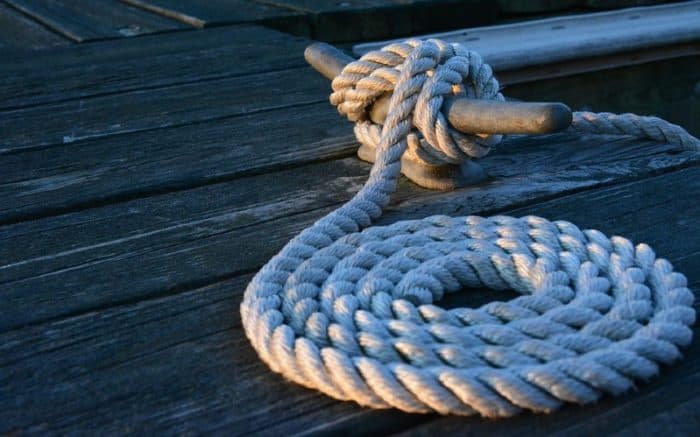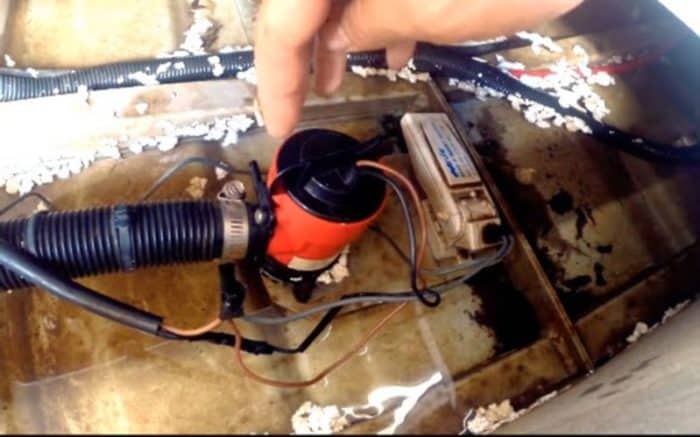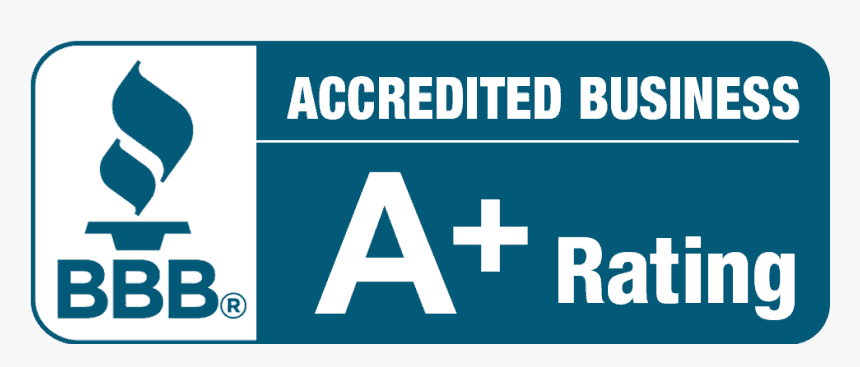How to Use a Boat Tow Line
There’s no guarantee that you’re ever going to need to tow another boat in the water. But it may happen. And if you think you could just avoid it or wait for someone else to come along, consider if the shoe was on the other foot. If you were in a stranded boat, wouldn’t you want help? It’s good boatsmanship to help those in need. You help someone and one day someone helps you. That keeps the waters safe and fun for everyone. But you need to make sure you’re being safe and responsible. Let’s check out how to best use a tow line with a towed boat.
Should You Toss Out a Tow Line?
It’s always a good idea to render aid to a disabled boat if you can. But if it’s a serious emergency, the Coast Guard needs to be notified. Likewise, if there is bad weather incoming it may be a better idea to leave this to professionals. It can be a difficult decision but if the alternative is two boats in distress instead of one, it makes sense to hold off and call for help.
But if you are able to do it yourself and the situation calls for it, the right steps need to be taken. The towing vessel, which is your boat, needs to be up to the task. That means not just having a powerful enough engine but a reliable, direct line to the disabled boats. And you’ll need some secure stern cleats as well. It’s a lot to consider, so make sure you can do what you need to do.
Getting Ready for a Sea Tow
If you’ve never towed a boat before, that’s not necessarily a reason to not attempt it now. Especially if no other boats are around and the other boater really needs your help. But as with everything, practice does make perfect. Learning on the fly presents some risks and dangers.
First thing’s first though. Check those cleats. The stern cleats need to be heavy duty and well-secured if you plan to tow a boat. They need backing plates. Transom eyes are also a good idea. But you want something more secure than cleats held on with through bolts and fender washers. That will not do for a full sized boat.
Tow fittings should be spaced well apart and easily accessible. You want to be able to reach them while underway in an emergency right from on deck. Nothing that is at water level. If something goes wrong, it’s too hard to reach fittings like that. If the other boat begins to sink, you don’t want to keep that line attached. In fact, it’s a good idea to have a sheath knife (not one that folds) or a small hatchet on board. You can use these to cut a line quickly in an emergency.
What if There are No Stern Cleats?
If the boat you’re towing doesn’t have a good fitting like a reliable bow cleat, what then? You can try your hand at making a towing bridle. You can make one by using a strong anchor line between the two stern cleats. You can attach a bowline to the bridle and it will be able to move between the two cleats with little resistance. You’ll want a taut tow rope that doesn’t dip to the water near the prop. Polypropylene lines are good for this because they float.
You never want to try a boat with poor fittings. If your boat or the other boat has inadequate fittings do not try it. If one of those pulls off when you’re underway, the result can literally be deadly. Imagine that line snapping back with a cleat tied to the end. The speed and force are no joke and we’re not kidding when we say it could be deadly. Inspect the fittings of the other boat as well as your own. If you can see that their cleats are not strong enough, even if they try to convince you otherwise, don’t do it.
Choosing your Tow Line
You should use the tow line from the disabled boat rather than your own. If the other boat’s line is poor quality, then definitely use your own instead. We recommend polypropylene above and we stand by it. That said, many people recommend nylon. Nylon is much stronger than polypropylene. And poly lines will degrade if they’re left in the sun. So why use it? That weakness is not necessarily a bad thing for a tow line. Remember, you’re towing another boat with yours here. You’re a recreational boater, not a tug. You don’t want to destroy your own vessel in the process. If a poly line snaps, it’s a good indication you’re overtaxing your boat anyway.
Nylon is more elastic than poly which is another reason to stick with poly. If your nylon line snaps mid-tow, that’s a lot of energy being released very suddenly. That break could cause some serious chaos for you and your towed friend.
In open water, a longer length of line is ideal. It can absorb shock and gives a good distance between you and the disabled boat if anything goes wrong. This is best for rough waters as well. If you hit a wave, you need enough length that your boat will crest the wave before the line pulls the disabled boat.
In calmer waters or in tighter spaces where you’re maneuvering, this line can be shortened. Just remember that a shorter line means less time to react if something happens. Also, adjusting a tow line is not exactly easy. You’ll need to stop the boats, and then have the disabled one bring in several feet of line and then resecure it.
We’d recommend a line of 75 feet for sheltered waters or 150 ft. for coastal towing. You’ll want to splice an eye in each end. The working eye that goes on the disabled boat should be 12 inches in diameter. The eye that stays on your boat just needs to be suited to the fitting you’re using.
To make the bridle we mentioned earlier, you just need to follow a few steps. First, measure the distance between those towing fittings. You’ll cut a second section of your line, twice as long as the distance between those fittings. You also need enough allowance for the eye or hook at the tow-boat end. In addition you’ll need a “side-splice” at the other. Side-splice the loose end of this short section into the long line so that the two eyes match up. The side splice is made exactly like an eye splice.
When you have finished, you should have V-bridle with an included angle of about 30 degrees. This prevents the towing load from being too loaded down at the fittings.
Now the thing about towing with a bridle is that it’s not super intuitive. If you’ve never done it before, you won’t really understand how it works until you try. This is why towing a boat for the first time with no practice can be risky. You don’t know how much control you have with this set up. That can make some boaters, especially nervous ones, anxious. If you ever get a chance to practice this with a friend’s boat in a non-emergency situation, give it a try.
Turning when towing is definitely a new experience. You need to let off the slack, then turn, then pick it up again. The results can still be chaotic. There’s a pendulum action that will occur and until you get the hang of it, you’ll find yourself heading all over the place. It can take multiple tries to even make a slight change in course.
Pick a Destination
Before anyone goes anywhere you need to know where you’re actually going. This seems silly but it’s good to be very clear between you and the disabled boat where you need to go. This is also a good opportunity to discuss anything else that may be relevant like your fuel levels or if there’s weather approaching. You both need to be on the same page. A good idea is to get you and the other boat on the same radio channel on your VHF radios. That way you can keep in constant communication if need be.
Make sure everyone on the disabled boat is ready to go. That means they should all have a PFD on, just in case.
Getting a Towing Vessel Underway
One of the most crucial steps in a tow is that initial moment when you get going. You don’t want to gun the engine by any means. The disabled boat should have the drive in neutral and the steering centered. Give it a slow start until you have a taut tow line. Throttle up slowly and get you and the other boat underway. Make sure everyone on the disabled boat is seated and as still as they can be. Get up to speed and then pay attention. As the lead boat, you need to see what’s coming and react to it. That means any obstructions, other boats, or weather. Everyone on your boat needs to stay out of the way of the tow line at all times. If it snaps, anyone nearby is in danger. And this is why you want to avoid nylon. It stretches enough that if it breaks, anyone nearby could be seriously injured.
Getting to the Destination with a Towed Boat
Once you reach a marina or dock or wherever you need to be, take things slow. It’s much harder to tow and maneuver in a small space like this. You can still get to the dock lines with a boat in tow, you just need caution.
Things to Remember
No one is obligated to take a tow. Don’t feel bad if you offer and the other boater isn’t interested or wants to wait for someone else. They may feel more comfortable with a friend or the Coast Guard offering assistance and not a stranger. Keep this in mind if you need a tow as well. It’s ok to say no if you don’t think the other boat is up to the task or the situation makes you uncomfortable. The other party may be disappointed but you should never feel like you have to either offer or receive a tow.
One thing to remember if you need a tow is to clear up terms ahead of time. We talked about making sure you’re both on board with the destination already. But check to make sure the other boat isn’t expecting anything in return. Some boaters will charge for salvage. This is extremely rare but not unheard of.
Something that is more common is working out an arrangement in case damage occurs. If the tow boat suffers some damage, it would not be unreasonable for them to expect you to compensate them for that. So, just in case, make sure you have this hashed out ahead of time. Considering how much money some boats can cost, this is definitely not the kind of thing you want to leave to chance.
Planning Ahead
If your boat fails and you need a tow, it’s a good feeling when someone steps up to offer. But what if no one does? The ocean is vast and you won’t always be near a friendly Good Samaritan. It’s not a bad idea to plan ahead for this to happen, just in case.
Of course the Coast Guard is available to help when you’re in distress. But if you don’t feel the situation is an emergency, you may not want to bother them. There are boat towing services you can contact to render aid.
Some towing services work on a membership plan basis. Consider it like AAA for the sea. You purchase a membership then if and when you need it, they’re there to help. There are different levels of service you can sign up for from basic tows to much more in depth and detailed services that may include help outside of established territory and so on. These guys can also help with certain repairs at sea, so it’s a good thing to have in your back pocket, just in case.
Making sure your boat is in good working order before you head out is, of course, the best plan. Always do your pre-launch inspection and ensure you have fuel, a reliable battery, and so on. Often this is the best way to avert a disaster on the water, but just preventing it before it happens. We have a pre-launch checklist you can use to see what needs to be done. Too many boaters cut corners on their pre-launch and this can be the unfortunate outcome.
Obviously being prepared for a tow is another good idea. Make sure you have cleats that are secure and can handle a tow if need be. You may need to buy some new hardware and look up exactly how to get this done. But when the time comes, you’ll be happy you put the time and energy into doing it.
Keep a tow line stowed on board for if and when you need it. Remember, a poly line needs to be kept out of the sun. Just find a place for it and forget about it until you need it. Like any emergency gear, you want it there but out of the way until it’s needed.
Categories: nauticalknowhow


















2 Comments
Jack Ducan on April 19, 2023
The most effective way to secure a tow cord to the boat is to connect it to the tow ring at the vessel’s transom. It only works when you ensure the tube weight will not cause any harm to the transom or any other boat section.
Captain Brandon on May 30, 2023
While the things that are recommended in this article are not specifically wrong,the best thing you can do is NOT TOW THE OTHER BOAT. There are several reasons for this.
1. You don’t have enough line. Thats not your fault. You have your dock lines. You shouldn’t be expected to keep an extra 250 ft of line just in case anyone needs a tow. You’re out there with your friends and family to have a good time. Don’t try and tie lines together to make them longer. You will NEVER get those knots undone once you put the load of a towed boat on them.
2. Chances are your boat is not equipped to tow. Towing boats have upgraded Towing posts called a Samson Post that are made for this. Your cleats were designed to hold you to the dock, not to pull another boat.
3. You’re not insured for Towing. Again, not your fault. It’s not the reason you have your boat. If something were to go wrong (and there is a LOT that can go wrong) you could be on the hook for it.
4. Your boat doesn’t meet the legal requirements. Did you know that there are specific light configurations for when you are towing another boat? Although it’s unlikely that the Coast Guard or Marine Patrol will give you a ticket for improper lights, its not impossible.
5. The Coast Guard will NOT tow you in. They only respond when there is a life threatening situation. Being disabled is not on its own an emergency situation.
Here is the BEST thing you can do. Get a Sea Tow membership. Encourage your boating friends to get Sea Tow Memberships. It’s the cheapest insurance you can get for peace of mind on the water. Paying a towing service out of pocket can pay for SEVERAL YEARS of membership with a simple two hour Tow (a fairly typical time frame). And it will cover more than just towing services.
While it can be exciting to be the “hero” out on the water, you’re both better off leaving it to the professionals.
Captain Brandon
USCG licensed Captain and professional assistance towing captain